Wednesday, September 24th of 2016 was probably a day of mourning in the South America department of The New York Times. They had to report the corruption charges brought upon Brazil’s former president Lula (Luiz Ignacio Lula da Silva). While Brazilians all over the nation are celebrating the fact that the man who drove their country into economic collapse will be brought to justice, American left wing media outlets probably secretly lamented the loss of one more of their successful case studies. President Lula is (or was) a dear friend of the leftist American media, and for them to recognize that his whole government was a deception scheme that had horrific consequences for Brazil would mean admitting to the dangers that the leftist ideology that they are striving to implement in the US presents.
“Bribe-ocracy” is the new term that had to be created exclusively for the scandal that the Brazilian justice system has been uncovering. Lula and his successor Dilma Rousseff established a system of bribes across the institutionalized economy that the state either controlled or participated in. No one could do business with or for the government without substantial bribes to Lula’s political party, the PT (Worker’s Party). State participation in the different sectors of the Brazilian economy is much larger than the US or France’s state participation. It almost compares with China’s.
Because the bribing schemes’ tentacles reached almost every single area of the Brazilian economy, government programs, infrastructure projects and every economic advance Brazil tried to make in the past 14 years became much more expensive.
Brazil’s Project of Continental Power
PT’s Machiavellian plan was to establish an alliance with all of the South American “democratic” dictators and work together toward total domination of the political system. It may sound like a grandiose conspiratorial theory, an Orwellian-style fiction, but it has all been documented. The first meeting of its kind was done in São Paulo in 1990, long before Lula’s first term in government. The members represented several political parties, over 100 from the 15 member nations, along with some notorious drug trafficking criminal groups including the FARC, the drug lords of Colombia.
The powerful group of co-conspirators called itself the “Foro of São Paulo,” and it never hid its agenda from the public eye. Its plan and tactics were made public through a profusion of recordings, warm friendly videos from one dictator to another, official minutes of the meetings, paid bloggers, and paid news pieces. The first Brazilian journalist to discern the plan’s nature was José Carlos Graça Wagner in 1997, followed by an insistent denouncement by Olavo de Carvalho, another journalist that covered the subject extensively. The story seemed too fantastic, and its “evil” intent appeared to the majority of the mainstream media to be an invention of right wing fanatics. What can be evil about a group of well-intentioned people striving for social justice? Maybe some of them are rough around the edges. However, so long as the intentions are good then everything is justified, right? So the largely co-opted Brazilian media remained silent while the the Foro of São Paulo’s plans progressed.
Use of Institutions to Impose a Political Agenda
During Lula’s second term, the march toward the consolidation of total institutional power accelerated. This march included total control over Brazil’s congress. Keep in mind that the group views itself as the holders of the only way to obtain “social justice” for Brazil and the rest of the continent. This final goal confers to them supreme virtue. Nothing and nobody could stop them. So why bother arguing, persuading, and making logical proposals to establish change? The modus operandi was to overwhelm congress with executive orders and clog any possible independent agenda. Operating alongside the executive government, a group of legislators devoted to the “cause” created a system of bribery, through which real money or nominations to positions could allow them to exert influence and obtain more power and money. Twenty thousand executive positions inside the federal government became the machine through which PT continues to maneuver its project.
The federal government is the majority partner in several big businesses in Brazil, including the national oil company Petrobras. It also owns majority shares in a great number of infrastructure companies. Under Lula’s command, the PT took advantage of this influence and placed its own people in control of the mega-company, starting a deliberate extraction of funds to use for its political purposes. Money from the company is said to have financed the electoral campaigns and projects of South American leaders like Hugo Chavez, Castro, Morales, and even African dictators, besides PT’s own campaigns in Brazil. It created the system that is considered by specialists as being the largest corruption scheme in history. The suspicion is that billions of dollars were extracted from the company to finance PT’s infamous projects and its leaders. These numbers will increase as investigations continue.
The corrupt system emerged because the Brazilian Federal Police (FP, similar to America’s FBI) operates independently from the federal government. While investigating a minor corruption scheme involving a gas station and car wash in the state of Paraná (that is the reason the name of the massive operation is “Operation Carwash”), a group within FP discovered a much bigger scheme. What they thought was a local problem had connections to the center of power, Brasilia, and influential leaders there. One detective said in an interview that he felt like a fisherman who throws a line into the water expecting to catch a minnow but ends up catching a whale. One discovery led to another, and the FP caught the ex-president Lula and his decade-and-a-half-old scheme that was sucking the blood out of the nation.
It is with great relief—and why not say it, great joy—that Brazil sees the commander-in-chief of a criminal operation go to jail. He has fooled the world, but fortunately, there are still people of great character and strength in Brazil.
A question can be raised: were there Americans involved in this plot? Would they dare to involve North America in the domination plan? I leave the duty to answer this question to others. Influential intellectuals like Noam Chomsky, millionaires like Soros, and celebrities like Sean Penn have a similar discourse, as does the American media in general. Since the agenda of this group is very similar to that of Obama and Hillary, it would be just a matter of time to see the US fully involved in this plan.
—
Braulia Ribeiro is an ex-socialist Brazilian now living in New Haven, CT. She is an MA student at Yale University as well as a Ph.D. candidate at the University of Aberdeen. Prior to her life in the US, she was a volunteer social worker and missionary in the Amazon Region, where she and her husband founded a missionary non-profit, serving over 30 Amazonian tribes. She was the president of one of the largest missionary organizations in Brazil (JOCUM- Jovens Com Uma Missão) for 4 years. In the US she began to question her Marxist background and through further study embraced a different worldview. She has a BA in Ethnolinguistics from the University of the Nations and an MA degree in Descriptive Linguistics from the Universidade Federal de Rondônia.
Photo Credit: Then Brazilian President Luiz Inácio Lula da Silva receives the late Venezuelan President Hugo Chavez on April 28, 2010. Ministério das Relações Exteriores photo by Gustavo Ferreira, via Flickr.
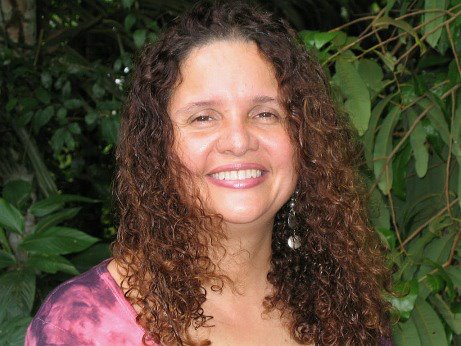
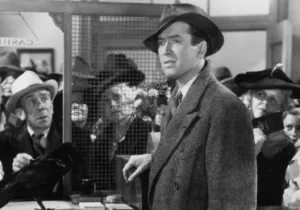
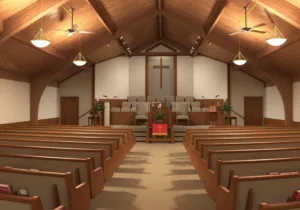

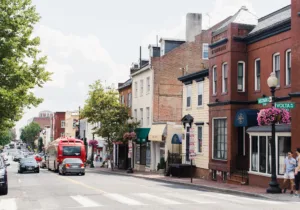
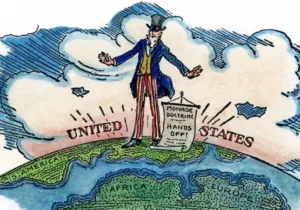

 Sponsor a student for Christianity & National Security 2024
Sponsor a student for Christianity & National Security 2024